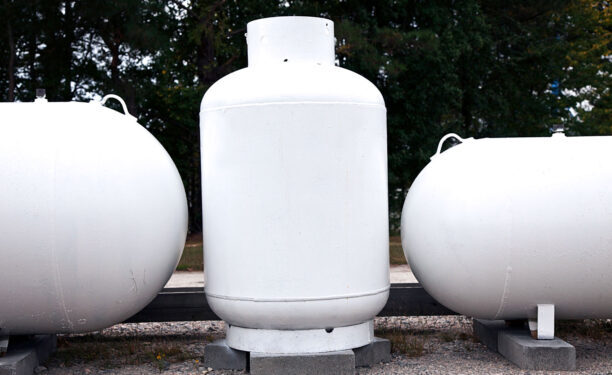Mastering the Puzzle of Unpredictability in Propane Delivery

When it comes to propane distribution, the issue of unpredictable delivery sizes poses a significant challenge to profitability. Despite its subtle nature, it presents a formidable obstacle that has grown more pronounced over time. Traditionally, businesses have operated under the assumption of achieving a specific delivery volume, often exemplified by the notion of a standard drop of 180 gallons. However, the reality is often far from this ideal, leading many profit models to be built around unrealistic expectations.
Several factors contribute to the unpredictability of propane delivery sizes, making accurate predictions increasingly difficult. The rise of remote work arrangements, seasonal variations in energy consumption, and fluctuations in economic conditions all play a role in exacerbating this challenge. Consequently, propane distributors find themselves grappling with deliveries that not only vary in quantity but also deviate significantly from the anticipated volume.
Compounding this issue is the prevailing focus on mitigating runouts, which has become the primary concern for many distributors. The fear of customer dissatisfaction due to depleted propane reserves has led to a reluctance to deviate from established delivery protocols. Any attempt to optimize profitability is met with skepticism, as the potential for increased runouts looms large in the collective consciousness of the industry.
However, a new wave of forward-thinking distributors has begun to challenge these entrenched norms. With a systematic approach to analyzing delivery metrics, they eschew the one-size-fits-all mentality that pervades traditional practices. Instead, they recognize the nuanced nature of customer demand, acknowledging the distinct factors that influence propane consumption patterns throughout the year.
These innovators leverage technology to support their endeavors, employing advanced reporting tools and automation to streamline the review process. Rather than passively accepting inefficiencies, they proactively identify opportunities for improvement, even if it means tolerating a certain degree of runouts. By embracing technological solutions and adopting a more flexible mindset, they position themselves to navigate the complexities of the modern propane distribution landscape more effectively.
In an era marked by declining consumption, regulatory interventions, and heightened competition, the traditional strategy of price escalation offers limited solace. Simply raising prices is no longer a sustainable solution in a market where competitors are actively addressing the underlying challenges of delivery unpredictability. Distributors must recognize that sustainable profitability hinges not only on pricing strategies but also on proactive adaptation to evolving market dynamics.
As the propane industry grapples with multifaceted challenges, businesses must heed the call to innovation. Entrepreneurs can chart a course toward greater resilience and profitability in an increasingly uncertain environment. Only by confronting the dilemma of unpredictability with creativity and adaptability can propane distributors secure their position in the dynamic energy market.













